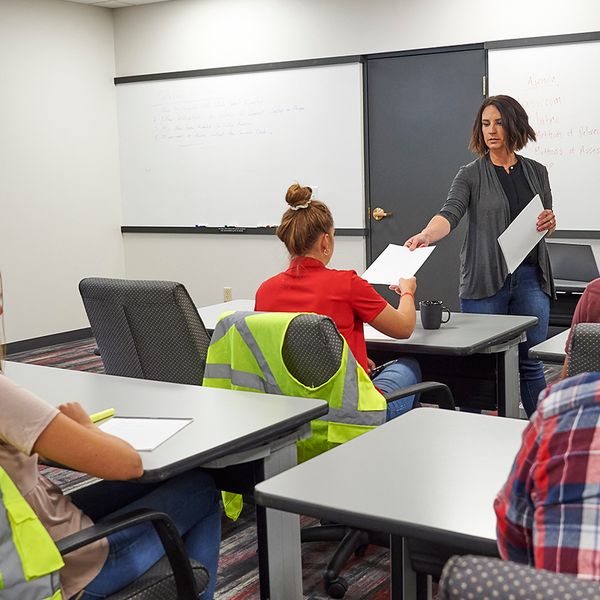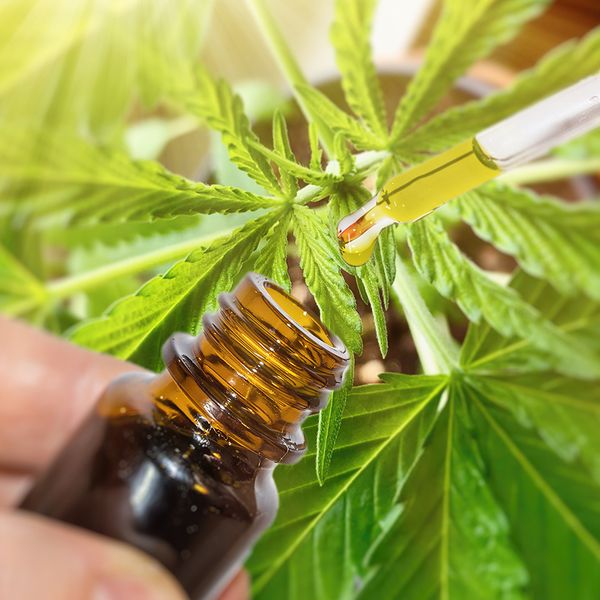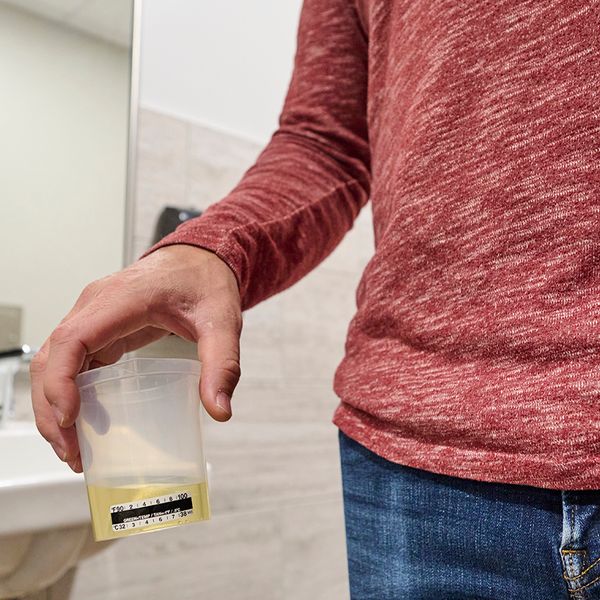DOT reasonable suspicion testing in 3 steps
The use of recreational drugs and alcohol never mix at work, and front-line supervisors have a tremendous responsibility to keep impaired drivers off the road.
Does your company place significant value on reasonable suspicion testing?
| Test Yourself: Is this reasonable suspicion test legal? |
Training is required
Drivers that require a commercial driver’s license (CDL) to operate are subject to DOT testing rules in 49 CFR Part 382, and a carrier must have at least one employee designated as a driver supervisor to detect the use of a controlled substance or alcohol and request a DOT reasonable suspicion test.
This supervisor must meet the training requirements in 382.603, which requires:
- At least one hour on the topic of signs and symptoms of drug use, and
- An additional hour of training on alcohol.
Consider training your driver supervisors on the following 3-step approach to reasonable suspicion testing.
Step 1: Observe
The person trained in reasonable suspicion must personally observe the unusual behavior displayed by a driver. The initial supervisor may ask another trained supervisor to help determine if the symptoms being exhibited clearly indicate prohibited drug and/or alcohol activities. Supervisors must confirm that the physical, behavioral, speech, and/or performance indicators being observed are consistent with what they know about drug use and alcohol misuse.
Common signs and symptoms of drug use and alcohol misuse:
- Bloodshot eyes, pupils larger or smaller than usual
- Unusual smells on breath, body, or clothing
- Impaired coordination with routine tasks
- Engaging in erratic or suspicious behaviors
- Sudden mood swings, irritability, or spaced out
Step 2: Confront
The most difficult aspect of reasonable suspicion training is confronting an employee exhibiting unusual behavior. It may be awkward at first, but the supervisor must approach the driver and notify them of the suspicion. To corroborate your suspicions, you need to engage the employee in a private area and have an interactive conversation.
The supervisor should always describe exactly what was observed and why it prompted the ordering of a drug and/or alcohol test. For drivers that become defensive, simply listen respectively, but repeat the observations and how you are bound by the federal safety regulations to send them for the required DOT test.
Step 3: Test and document
After confirming your suspicions, the supervisor must immediately order the appropriate test. Most carriers use third-party administrators to handle reasonable suspicion testing, but in-house testing is acceptable. Just remember that DOT regulations prohibit the supervisor who requested the test from conducting it. Supervisors must document the observations leading to the alcohol or drug reasonable suspicion test and sign their names on the reports within 24 hours of the observed behavior or before the results of the alcohol or controlled substances tests are released, whichever is earlier.
After the request for a drug test, it may take up to 72 hours to receive the official result. Your company policy would dictate what you do with the driver during this interim. Many companies place the employee out of service pending the results but ensure that you collaborate with your Human Resources department to review all state and federal laws on pay during a potential suspension period.
Key to remember: One of the many roles of a trained supervisor is to ensure that no one who is impaired by drugs and/or alcohol is permitted to operate a commercial vehicle.



















































